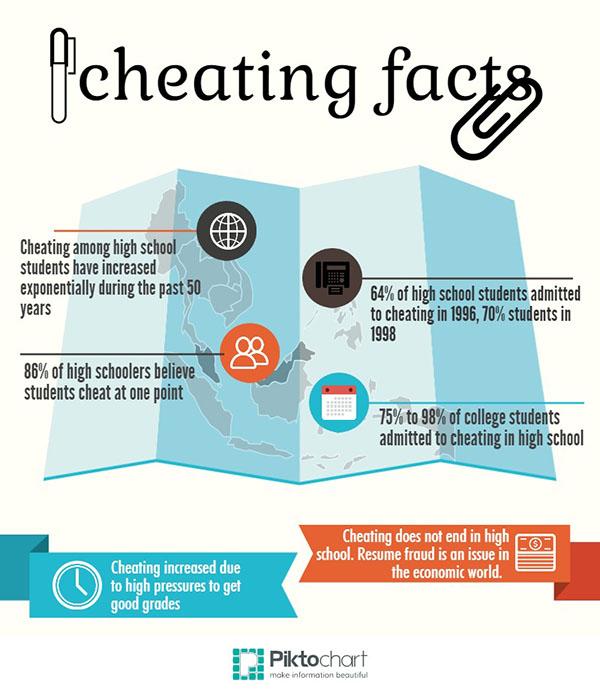Teachers define, clarify cheating
Before the 2014 fall semester began, some of the faulty have gathered together to redefine cheating and to analyze the reasons behind why students cheat.
There has been an increase in the amount of cheating over the years, and teachers have been trying to find an explanation as to why the cheating rate is so high.
“I think it’s the press for time and too many advanced courses at once,” AP Biology teacher Sherri Wagner. “I think the driving force behind all of that is taking 7 or 8 courses as once, a lot are college level classes. It’s a huge load, and the driving force behind all of that is the GPA and the desire to get into certain colleges, especially with Texas having the top 7 percent rule.”
One thing teachers have struggled with is defining cheating both for students’ benefit and their own.
“They need to ask themselves if it’s being taken for a grade. If it’s being taken for a grade, they should think twice about anything that might be misconstrued,” Wagner said.
The questions still remains on how students warrant their actions on cheating even when they know it’s not right.
“Not having a lot of time may lead them to do things they don’t normally do. It became a habit because of all the classes. It turns into survival mode, and that’s how it’s justified,” Wagner said.
Some judgment is left to the students, but the teachers advise them to be fair with considering if an act is cheating or not.
“When I sit down and create an assignment, I think very clearly on what I want students to get from it,” AP Environmental Science teacher Nicole Peffley said. “There is a definite educational intent behind it. Are the students capable of looking at it from the eyes of the teacher?”

